A stroll through the old town is a mandatory part of a weekend trip to Leipzig. We started without any plans and just had a look at interesting things on the way. And there is a lot to see in this small but pretty old town. I summarized my impressions of the spots that we enjoyed the most.
Augustusplatz
The Augustusplatz covers 40.000m² and is one of the biggest inner city squares in Germany. It is located on the east side of the old town and served as the starting point for our tour.
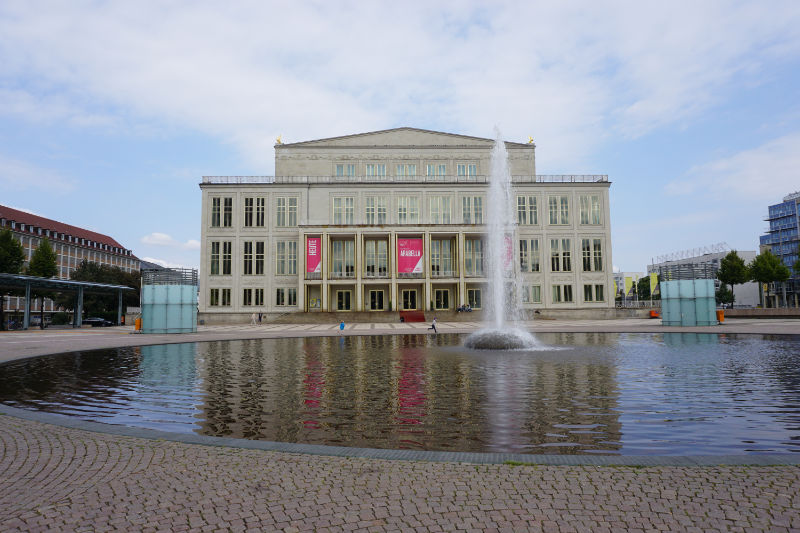
The first thing that caught my eye was the Opera (built in 1960) and the fountain in front of it. Modern and cold, a typical newly constructed building and I didn’t even think it looked particularly nice.
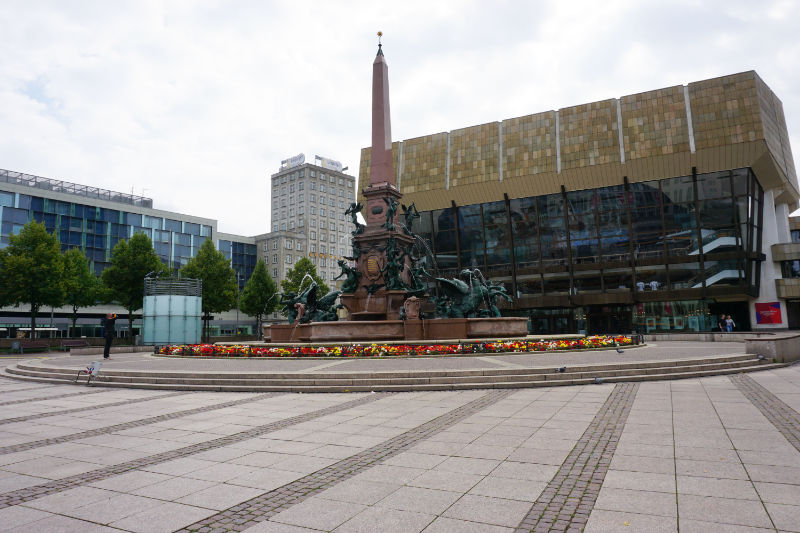
Only after that first impression, I discovered the Mendebrunnen (Mende Fountain) in front of the Neues Gewandhaus (inaugurated in 1981). The Mendebrunnen is the only element of the old ensemble that still exists today. It is the oldest fountain in Leipzig, it was inaugurated in 1886. Its design is supposed to symbolise the meaning of water to the people. Too bad that it is directly in front of the very dark front of the Gewandhaus, it doesn’t really pop out.
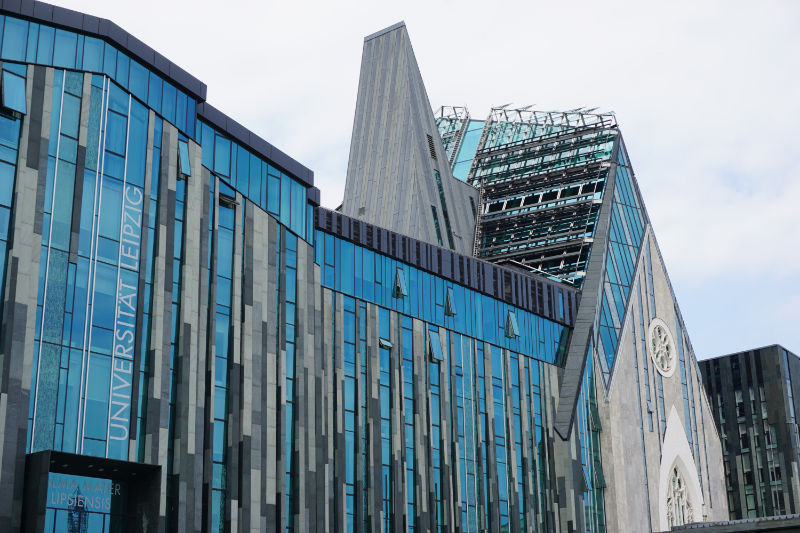
The new University building was the most impressive building on the Augustus Square for me. The new Augusteum was finished in 2012 as part of the re-design of the University campus. Old elements like the Paulinum, the assembly hall and the university church were integrated into the new building. Now, this is a modern building that I like. Especially the shimmering, blue windows are aesthetically pleasing.
St. Thomas Church
Most people have heard of the most famous German choir – the St. Thomas Choir of Leipzig. St. Thomas Church is not only one of the main churches of Leipzig and home to the famous choir, it is was also Johann Sebastian Bach’s domain. Today, his grave can be found in the church.

Tourist busses form long queues in front of the church and a never-ending stream of visitors moves in and out if the building. It is “only” an ordinary church on most days; the choir can only be listened to during official concerts. I didn’t find the church to be particularly pretty or impressive. Very narrow rows of benches with numbers are placed all over the church, even in the smallest corners. The nave feels very crammed. Bright colours and tinted windows help to maintain an inviting and light atmosphere despite the many benches.
St. Nicholas Church in the Old Town of Leipzig
The second biggest church of Leipzig is right in the centre of the old town. St. Nicholas Church is more than just a church. This is where the Peaceful Revolution of 1989 started that led to the demise of the GDR and ended in the Fall of the Berlin Wall on the 9th of November 1989. This certainly is what makes the church such an important landmark in Leipzig today. Besides the services and prayers for peace many organ concerts are held in the church that draw in quite a few visitors.
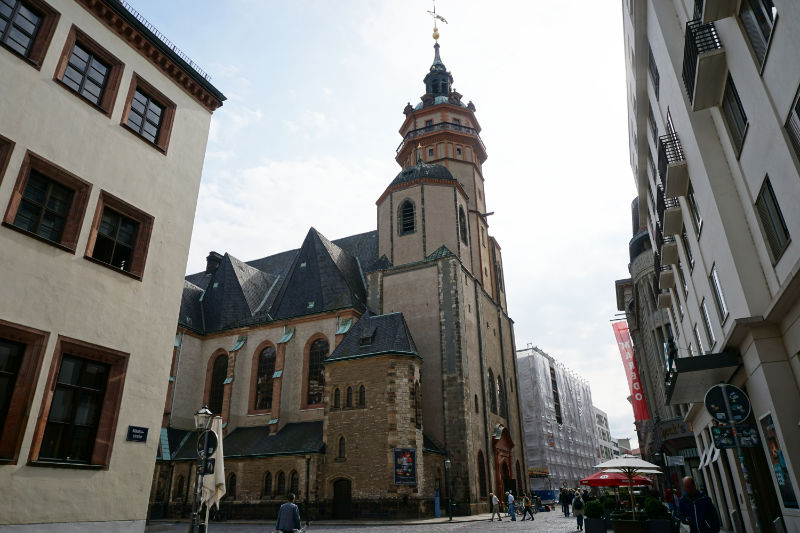
The square next to the St. Nicholas Church also played a vital role in the Peaceful Revolution. During the Monday Demonstrations after the prayers for peace in the church, the situation heated up more and more. In an attempt to end the Monday demonstration many protesters were arrested on the St. Nicholas Square. A memorial stone on the square commemorates these times. Besides its important history I also enjoyed the architecture around the square. The old St. Nicholas School and the parish house make for a well-rounded aesthetic.
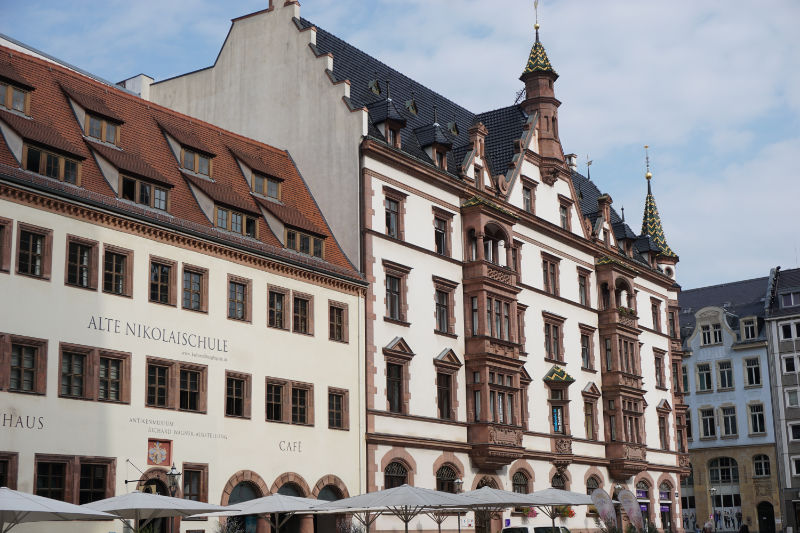
Market Square
The market it the centre of the Old Town in Leipzig. This massive square looked rather unpleasant when we first visited it. Big, empty, unused. But it offers enough space to be the venue for the weekly market, Easter markets, Christmas markets or the Classic Open Festival. The prettiest building around was the old Town Hall.
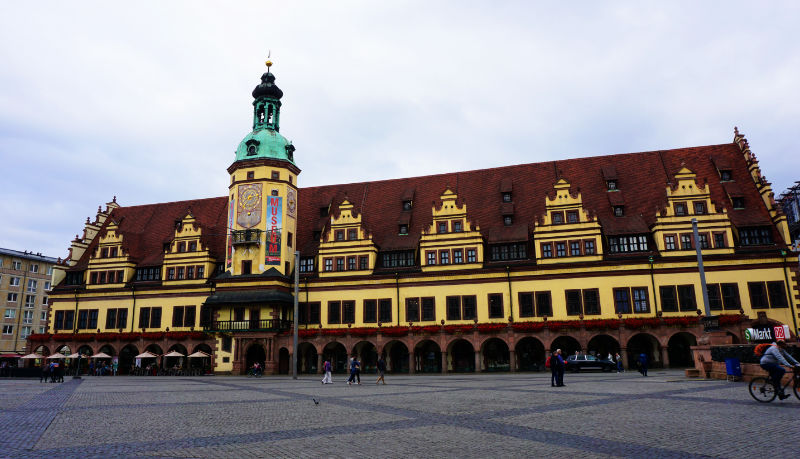
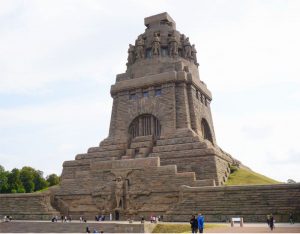
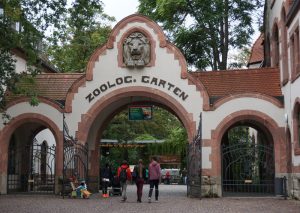
Leave a Reply